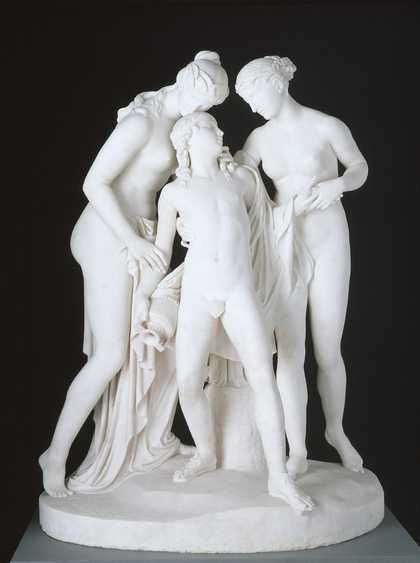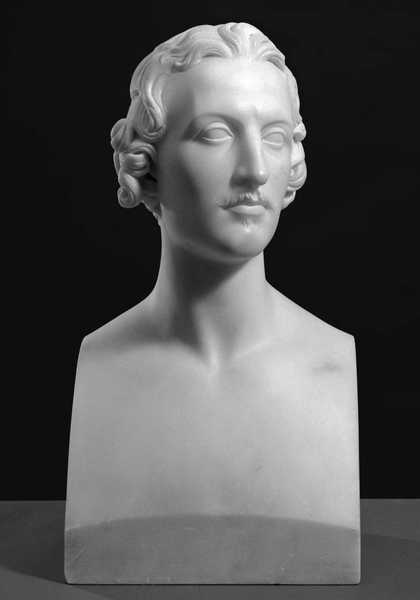Historic and Modern British Art
Biography
John Gibson (19 June 1790 – 27 January 1866) was a Welsh neoclassical sculptor who studied in Rome under Canova. He excelled chiefly in bas-relief, notably the two life-size works The Hours Leading the Horses of the Sun and Phaethon Driving the Chariot of the Sun, but was also proficient in monumental and portrait statuary. He is famous for his statues of Sir Robert Peel (Westminster Abbey), William Huskisson (St George's Square) and Queen Victoria (Houses of Parliament). Gibson was elected a Royal Academician in 1836, and left the contents of his studio to the Royal Academy, where many of his marbles and casts are currently on display.
This biography is from Wikipedia under an Attribution-ShareAlike Creative Commons License. Spotted a problem? Let us know.
Read full Wikipedia entry


